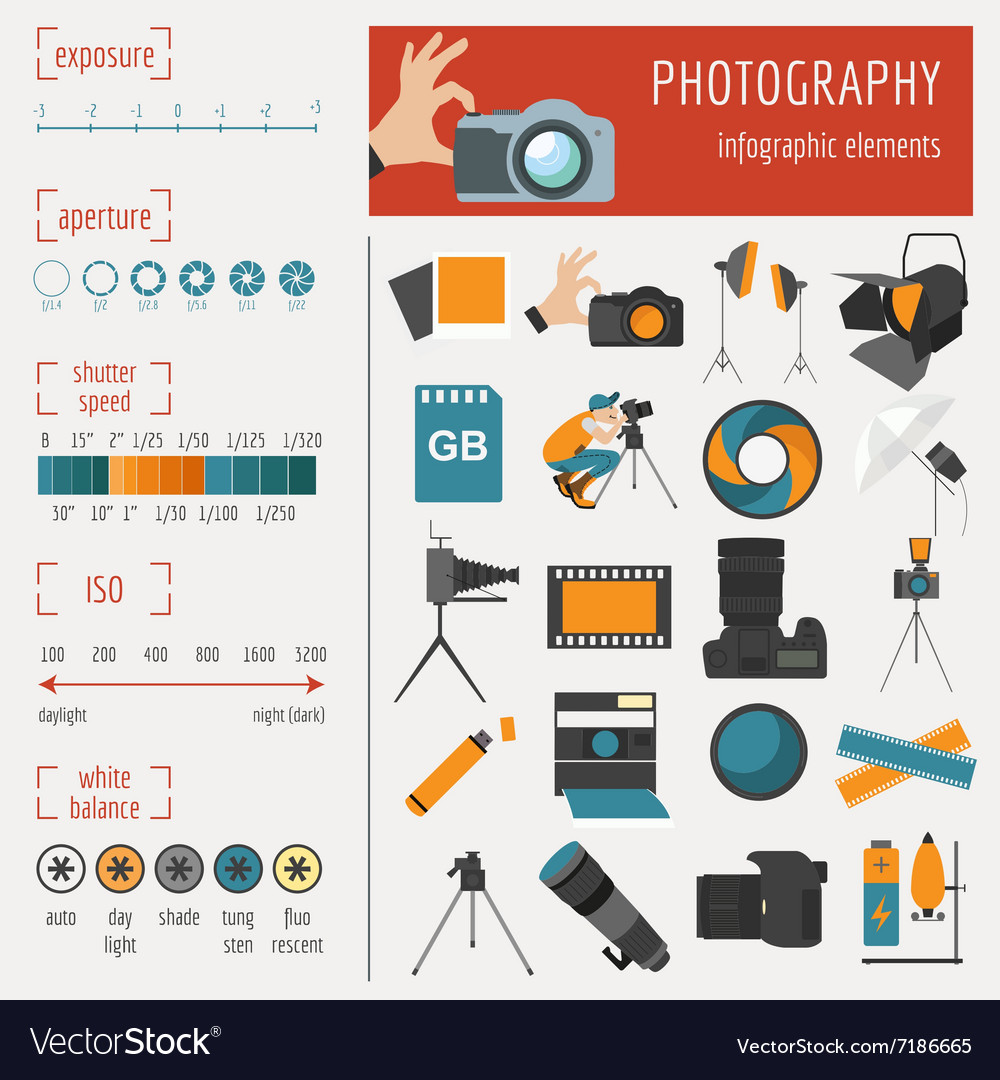Transform Your Digital Photography By Understanding Lights Strategies That Can Raise Your Photos-- Find The Common Pitfalls That Could Be Holding You Back
Transform Your Digital Photography By Understanding Lights Strategies That Can Raise Your Photos-- Find The Common Pitfalls That Could Be Holding You Back
Blog Article
Short Article By-Rogers Riddle
As a digital photographer, you know that lighting can make or damage your photos. Comprehending the subtleties of both natural and fabricated light is important for catching the state of mind and clarity you go for in your job. Whether you're going after the ideal golden hour radiance or fine-tuning your fabricated setups, understanding these aspects can raise your digital photography substantially. However there are common pitfalls that lots of ignore, and identifying them can transform your strategy to every shoot. Let's explore what you might be missing out on and exactly how it can affect your outcomes.
Comprehending Natural Light
Understanding natural light is crucial for any professional photographer wanting to enhance their job. It's the structure of great photography, affecting state of mind, tone, and clarity. When you shoot outdoors, focus on the time of day. The golden hour-- soon after dawn and prior to sundown-- offers soft, cozy light that can transform common scenes into spectacular images.
Don't ignore the power of overcast days. Cloud cover diffuses sunshine, producing a soft, also light that's best for portraits and macro photography. You'll find colors appear this kind of lighting without extreme darkness.
Placing issues, too. Always consider your topic's alignment to the source of light. If the sun's behind your topic, you may end up with a silhouette, which can be significant yet mightn't be what you want. Conversely, direct sunshine can create uncomplimentary darkness.
Explore angles; often, changing your perspective can yield incredible results. Usage all-natural reflectors, like water or sand, to jump light onto your topic, including measurement.
Learning Artificial Light
Grasping man-made light is important for digital photographers that intend to take their abilities to the next level. Whether you're utilizing speedlights, studio strobes, or continuous lights, comprehending just how to manipulate these resources can drastically enhance your images.
Begin by acquainting on your own with the basics of light top quality, direction, and shade temperature level. Trying out https://scotchwhisky.com/magazine/features/24705/pro-tips-to-improve-your-whisky-photography/ like softboxes, umbrellas, or grids to control the softness or violence of the light.
You'll find that soft light usually produces lovely results, while harsher light can add drama and deepness. Don't avoid shadows; they can improve the three-dimensionality of your topics.
Pay close attention to the positioning of your lights. A light positioned as well near your subject can create unflattering results, while too far can cause a lack of information. Utilize a light meter or your cam's pie chart to ensure you're revealing correctly.
Lastly, keep in mind that fabricated light can be mixed with ambient light for imaginative effects. Balancing these sources might take technique, once you master it, your digital photography will really radiate.
Strategies for Various Situations
When you enter different shooting scenarios, adapting your lighting methods is critical for recording the best photos. For exterior pictures, use the gold hour-- early morning or late afternoon light-- to soften darkness and enhance complexion.
If it's a harsh noontime sunlight, take into consideration making use of a reflector to jump light back onto your topic or seek shaded areas for a much more even exposure.
In low-light situations, like indoor events, increase your ISO and use a wide aperture to let in even more light. A tripod can assist remove cam shake, permitting longer exposures without blurring.
If you're contending evening, try out off-camera flash to develop vibrant illumination and deepness in your pictures.
For product photography, make use of diffused lighting to avoid severe reflections. Softboxes or light tents can assist achieve this effect.
When photographing https://writeablog.net/jesse89deangelo/photographers-frequently-neglect-crucial-basics-that-can-prevent-their , consider the direction of light and time of day, as it can dramatically change the state of mind of your shot.
Constantly prepare to change your settings and placing based upon the circumstance, as versatility is key to understanding lights in photography.
Final thought
In conclusion, understanding lighting is vital to elevating your photography abilities. Accept natural light's beauty throughout gold hour, and don't shy away from explore artificial light techniques. By adjusting your strategy to different circumstances, you'll catch sensational images that reverberate with emotion and clarity. Remember, the ideal lighting can change an ordinary shot into something extraordinary, so maintain practicing and refining your understanding of both natural and man-made light. Happy capturing!
